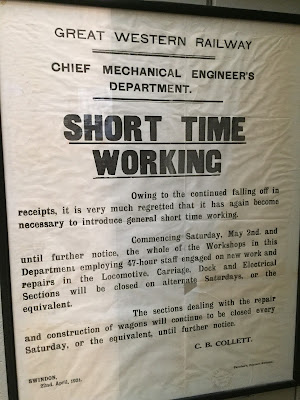John Le Carre A Delicate Truth (local library)
Took a while to get going, but a disturbing and wrenching story that you know isn't going to end well.
Aline Templeton Dead in the Water (local library)
Not immediately gripping but did grow on me, and towards the end I was being drawn back to it. The police protagonists come across less fully and complexly drawn than the other charachers - but maybe that's because they've developed in other books buit this is the first time I'd met them. I'd read more.
Sam Friedman and Daniel Laurison The Class Ceiling: Why it pays to be privileged
This is for work, but I'm including it here because I read it from cover to cover. Very readable, and interesting. I really must read Bourdieu first hand.
Donna Leon The Waters of Eternal Youth (Kindle, on way back from Saltaire)
Maybe not the greatest Brunetti, but a comforting read.
Stephen Booth Fall Down Dead (local library)
His latest, and marginally better than the last couple, but I prefer writers to wear their local knowledge a little more lightly, and to steer a little more adroitly around vacuous cliche. Also, a bit too much subplot, with clues to the main mystery all thrown in too near the end.
Cath Staincliffe The Silence Between Breaths (local library)
Almost a novella; a miniature. Nicely, economically written. The first third was basically ruined for me though by a massive spoiler in the blurb - so don't read the blurb.
Anne Enright The Forgotten Waltz (local library)
Now this *is* writing - at least at first, so sparse it gives the reader room to breathe, to fill the gaps. I loved the first part of this book; the second, perhaps, is a little more mundane. But maybe that was how it was meant to be; it would certainly be fitting to the plot.
John LeCarre A Most Wanted Man (local library)
Don't know if it's me getting used to him, or just this book, but I found it rather boring - everything played out exactly as expected.
Denise Mina The Long Drop (local library)
Based on a real case, turned into a gripping, shifting human story by an excellent crime writer.
July Braidbar visit
7 hours ago



















































